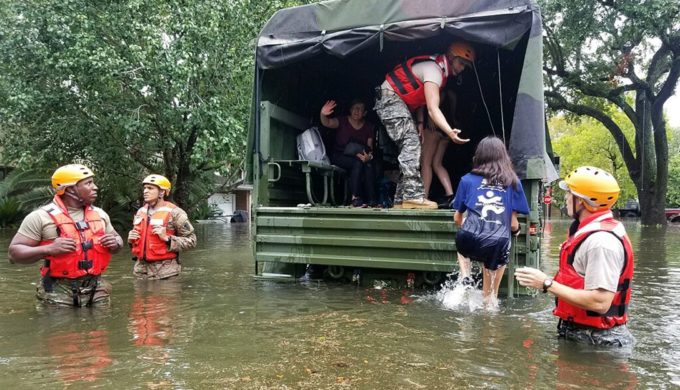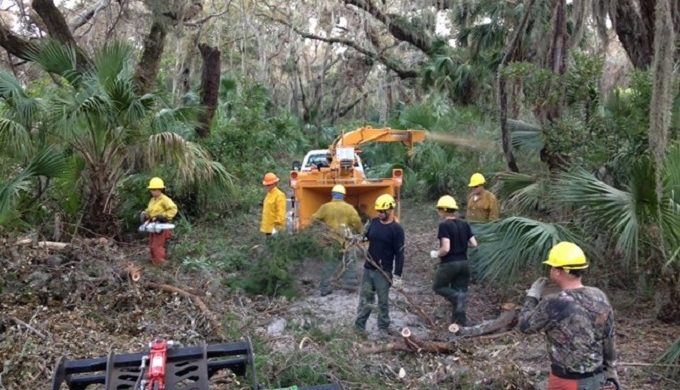A new study has recently reported that tropical cyclones (such as 2017’s Hurricane Harvey) throughout the world are tending to stall over land and move slightly slower than before, dropping considerable amounts of rain. Published in Nature, the study has found that the storms of recent years were moving roughly 1.25 mph slower (approximately 10 percent) worldwide than those in the late ‘40s and ‘50s.
The variance for those in the Atlantic Ocean basin was less noticeable – at just 6 percent. However, a significant stall of 20 percent was occurring on landfall, with the storms moving at 2.9 mph slower than their counterparts from approximately 60 years ago. This might not seem so impactful until you take a look at the resulting damage that’s caused. “The slower a storm goes, the more rain it’s going to dump in any particular area. Hurricane Harvey last year was a great example of what a slow storm can do,” said James Kossin, a government climate scientist and the author of the study.
Photo: U.S. Department of Defense
“Unhurried hurricanes also mean strong winds blowing more often over the same place and possibly more storm surge,” Kossin said. The possibility that climate change is a cause of this trend is currently being investigated, including the prospect that atmospheric circulation patterns are slowing down. However, such concepts are hard to prove conclusively considering that pre-1970s storm data isn’t considered reliable, according to Brian McNoldy, University of Miami hurricane researcher.
Photo: National Park Service
In the meantime, according to media sources, the National Oceanic and Atmospheric Administration “…has a sophisticated group of weather-tracking satellites, so in the coming years scientists’ grasp of storm trends will only improve.” Damage to America’s coastlines and communities resulting from these future slower storms are expected to result in three times the amount of economic damage caused by today’s disasters. Similarly, the death toll as a result of inland flooding has the potential to increase as a result of these slower stalls, considering the likelihood of evacuation from such areas is generally minimal.





